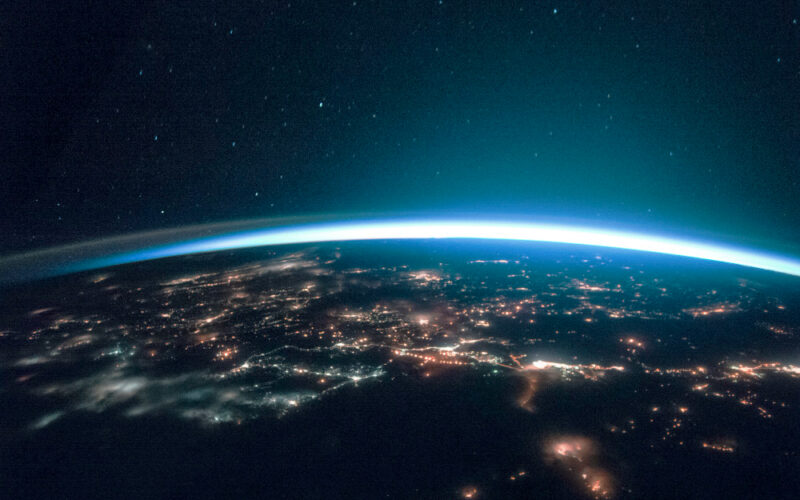What is the rotation and revolution of the earth?
Rotation occurs when the earth rotates counterclockwise once per day around its axis of rotation. Rotation from west to east characterizes the rotation direction. The Earth orbits the sun at a constant speed and a constant distance from the other planets. In other words, revolution refers to the phenomenon in which the Earth rotates from west to east once a year while maintaining its speed and distance from the sun (Rawat, 2021). However, we are completely unaware of the earth’s revolution and rotation. This is due to the fact that the acceleration and angular velocity of the Earth’s rotation are too small for us to perceive, but the actual Earth is moving at a constant speed as evidenced by rotation and revolution.
What proves the rotation and revolution of the Earth?
There is a variety of evidence to explain the Earth’s rotation and revolution. Planets can be seen moving from east to west due to rotational motion. This is known as circadian motion, and it is through this motion that the day appears in the direction facing the sun and the night appears in the opposite direction. In other words, this phenomenon occurs as a result of the Earth’s rotation. Because the Earth’s rotation axis orbits in an inclined state, we also experience seasons such as spring, summer, fall, and winter (Riebeek, 2009).
If rotation stopped, how would our environment change?
If the Earth ceases to rotate, each plate will rotate at a different rate, resulting in frequent earthquakes and volcanic eruptions. Furthermore, magnetic fields are created by the rotational motion of the earth’s core. These magnetic fields shield the Earth from harmful radiation, spacecraft, and asteroids. However, if the earth’s rotation ceases, the rotation of the earth’s core ceases as well, resulting in the absence of a magnetic field. If this phenomenon continues, the Earth will be subjected to harmful ultraviolet rays. Also, if the Earth’s rotation slows and the Moon’s rotation becomes the same, the distance between the Earth and the Moon will grow closer and closer, and if the rotation stops, the Earth will collide with the Moon. After that, if rotation stops and only orbital motion continues, the direction toward the sun will continue to receive hot sunlight for six months, and the opposite direction
will continue to be six months at night, and the temperature will decrease (Loon, 2022).
Do all planets rotate and revolve around the sun like the Earth?
When planets form, most of them rotate counterclockwise, like Earth, due to the collapse caused by nebulae colliding (Lea, 2022). Venus and Uranus, on the other hand, rotate in the opposite direction of the Earth. This is because these planets used to rotate counterclockwise, but asteroids caused them to rotate clockwise (Yamani, 2015). As a result, all planets, like Earth, rotate counterclockwise, but the direction of their rotation can change clockwise due to physical shocks such as extrasolar collisions.
Conclusion
The Earth rotates once every day from east to west and orbits the sun at a fixed distance from the other planets. We can see day and night and feel the change of seasons because of this phenomenon. If this rotation ceases, the Earth will be harmed by the destruction of magnetic fields and will collide with the moon. In other words, we should recognize that the Earth’s rotation and revolution play an important role in protecting us from danger.
References
Lea, R. (2022). Does the sun rotate? [online] Space.com. Available at: https://www.space.com/does-the-sun-rotate
[Accessed 10 February 2023].
Loon, J. van (2022). Could the Earth ever stop spinning, and what would happen if it did? [online] Space.com. Available at: https://www.space.com/what-if-earth-stopped-spinning
[Accessed 10 February 2023].
Rawat, H. (2021). Rotation vs Revolution – Differences & Similarities in Tabular Form. [online] Physics In My View. Available at: https://physicsinmyview.com/2021/11/rotation-vs-revolution-difference.html
[Accessed 10 February 2023].
Riebeek, H. (2009). Planetary Motion: The History of an Idea That Launched the Scientific Revolution. [online] earthobservatory.nasa.gov. Available at:
https://earthobservatory.nasa.gov/features/OrbitsHistory#:~:text=In%201543%2C%20Nicolaus%20Copernicus%20detailed [Accessed 10 February 2023].
Yamani, A. (2015). Citizen Science. [online] cosmoquest.org. Available at: https://cosmoquest.org/x/365daysofastronomy/2015/04/30/apr-30th-why-do-venus-and-uranus-spin-
the-wrong-way/
[Accessed 10 February 2023].
